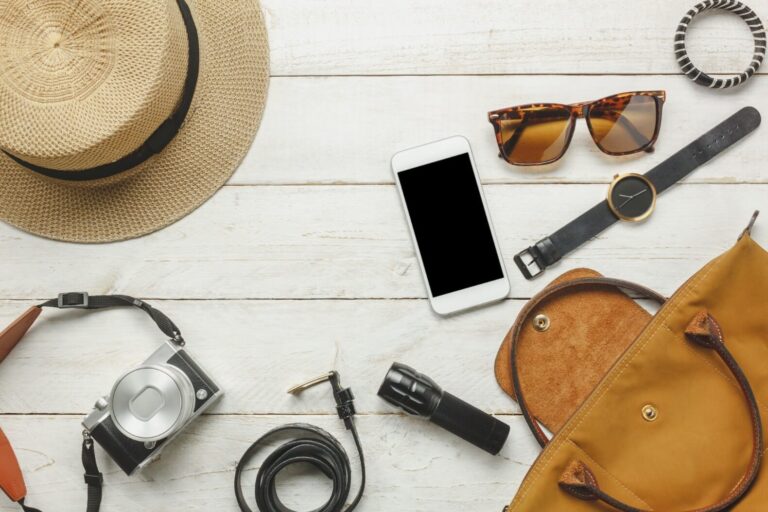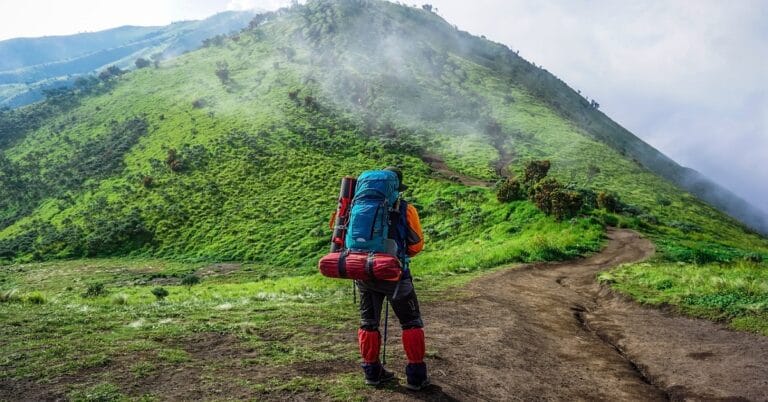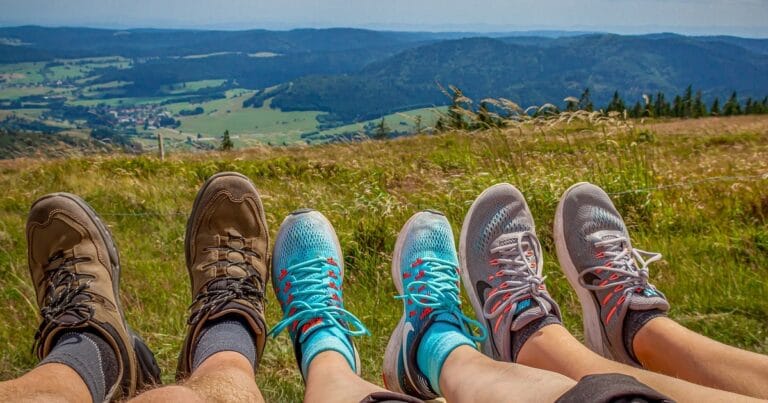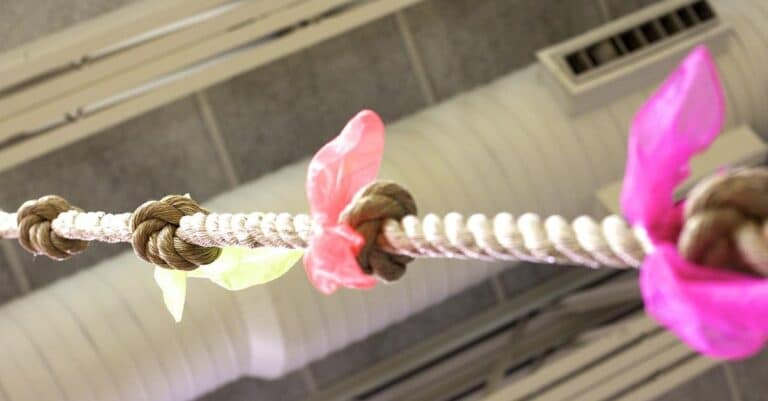It can take up to several weeks /3-4/ to break in a new pair of hiking boots. The process depends on how often you wear them and how comfortable they feel. It is important to choose a boot that fits well and provides the support you need for your feet. Breaking in your boots will help ensure that they are comfortable and provide the best possible
Hiking boots are an essential piece of gear for any hiker, but they can also be a source of discomfort if they’re not broken in properly. Luckily, there are a few easy steps that can help to ensure that your boots are comfortable from the first day on the trail. First, it’s important to choose the right size boot.
Boots that are too small will cause blisters and pain, while boots that are too large will be difficult to walk in and may cause you to trip. Once you’ve found the perfect fit, it’s time to start breaking them in. Start by wearing your boots around the house for short periods of time.
Gradually increase the amount of time you wear them each day, and take breaks to let your feet rest. Finally, go on a short hike in your local area before taking them on a longer expedition. With a little time and patience, you’ll be sure to have a pair of comfortable hiking boots that will last for many adventures to come.
How to Break in Hiking Boots Quickly (1-3 Days)
Assuming you’ve already purchased your hiking boots, there are a few things you can do to break them in quickly.
- Soak the boots in warm water for 30 minutes. This will help to soften the leather.
- Wear the boots around the house for an hour or two each day. Do some light activities such as walking around or doing chores.
- Apply a leather conditioner to the boots after each wear. This will help to keep the leather soft and pliable.
- Once the boots have been worn for a few days, you can start taking them on short hikes. Slowly increase the distance and difficulty of the hikes as your feet adjust to the boots.
- Wear them around the house – A good way to start breaking in your new hiking boots is to simply wear them around the house.
Breaking in new hiking boots doesn’t have to be a painful process. By following these simple tips, you can have your boots broken in and ready for any adventure in no time!
How many miles should you walk to break in hiking boots?
There is no one definitive answer to this question, as it depends on a number of factors such as the type of boots you are wearing, how often you wear them, and what kind of terrain you are walking on. However, a good rule of thumb is to walk at least 10 miles in your boots before embarking on any long-distance hikes. This will help ensure that your boots are comfortable and broken-in, and will help prevent any blisters or other issues.
Do hiking boots hurt at first?
Yes, hiking boots can hurt at first. But there are a few things you can do to help make the break-in process easier. First, choose a boot with a good fit. It should be snug but not too tight in the toe box and heel area. You may also want to consider wearing two pairs of socks—a thin
How to Prevent Blister-Causing Friction
Friction is the enemy of smooth, comfortable skin, and it’s the primary cause of blisters. To prevent blisters caused by friction, you need to take some simple steps:
1. Keep your skin clean and dry. Sweat and dirt can make your skin more susceptible to friction. Be sure to wash your skin regularly, and dry it thoroughly after sweating.
2. Use a barrier cream or ointment. A barrier cream or ointment can create a protective layer between your skin and whatever is causing the friction. If you’re prone to blisters, consider carrying a tube of barrier cream with you so you can reapply it as needed.
3. Wear appropriate footwear. Ill-fitting shoes and socks are a common cause of blisters. Make sure your shoes fit properly, and wear socks that wick away moisture to keep your feet dry.
4. Choose the right fabrics. Some fabrics are more likely to cause friction than others. If you’re prone to blisters, avoid fabrics like wool and polyester. Instead, choose smooth fabrics like cotton or silk.
5. Break in new shoes gradually. New shoes can be a major source of friction. To prevent blisters, break in new shoes gradually by wearing them for only a few hours at a time.
By taking these simple steps, you can prevent the friction that leads to blisters. Keep your skin clean and dry, use a barrier cream or ointment, wear appropriate footwear, and choose the right fabrics, and you’ll be well on your way to blister-free skin.
Related Topics:






